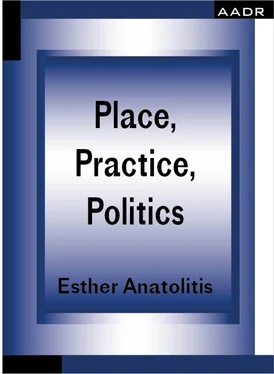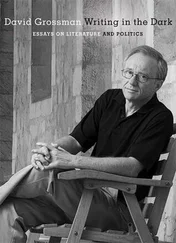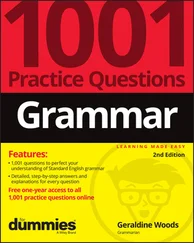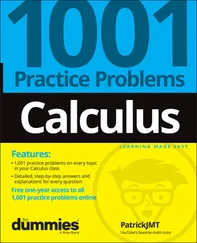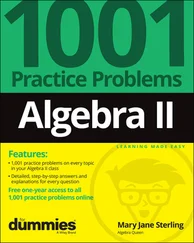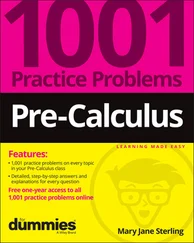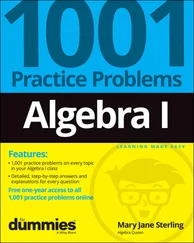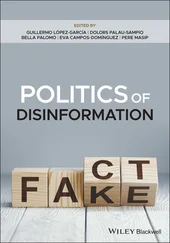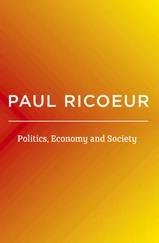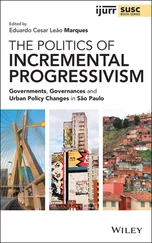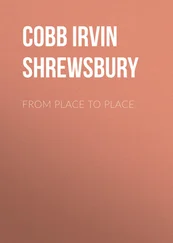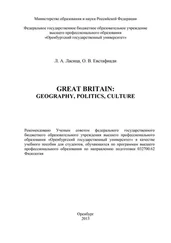CO-OPTION, COLONISATION AND INTERPRETATION
Acknowledging that we work within a political context sounds straightforward, but how often do we take that context seriously enough to see through its consequences?
I am a queer woman with disability from a migrant family whose first language is not English. In identifying publicly, I perform that complexity, that diversity, while at the same time, acknowledging that my own voice is not marginalised in the way that other voices are among the communities that I’ve just referenced. I’m an employer, I am a worker in non-precarious employment, and I am an advocate with a national profile. All of that means that I have a significant responsibility to the voices, the work and the ideas that pay my salary. The full consideration of the context of my labour is a constant.
I’m also working on country whose sovereignty was never ceded. This means that every act of curation is an act of colonisation – an overwriting of values – especially when working in the public space. It’s heartening to see that discussion being overtaken by one about Indigenisation: not the pragmatically futile act of replacing colonialist institutions, but the constructive act of transforming them via Indigenous leadershiP.
When developing a curatorial framework, it’s vital that you expose your own work to the same rigour you’d expect of its critical response.
Whose work are you showing? Why? What values do those choices assert? What risks are you taking? What is your institution offering you by way of support? Have you respected First Nations protocols? What are the unspoken constraints on your work? Do they come from politeness? Are political realities impolite? What would happen if you were to be impolite?
THE CURATORIAL POSITION
What is your curatorial position?
On what basis, and via what frameworks, will you create spaces that expand the civic conversation?
Over the years I’ve had a number of different positions around the work I do and why I do it.
At Australia’s National Association for the Visual Arts, I lead policy, advocacy and action for a contemporary arts sector that’s ambitious and fair. So that artistic courage ignites Australian culture.
The curators I’ve mentored have worked across a range of fields beyond contemporary arts, architecture and design and including experimental practice, sound, light, literature and text.
When Hélène Frichot and I co-curated Architecture+Philosophy, we were conscious of it being a feminist project. We sought speakers who could span the disciplines with rigour, as well as practitioners who were thinking or writing spatially. We were very aware of the institutional hostilities that existed around us and we were both prepared and unprepared for the abuse that we received. It seems so long ago now and when I compare it to the daily experience of online abuse faced by feminists today, I’m both chastened and emboldened in my choices and in my responses.
So. What is your curatorial position?
Is anyone prepared to make a brief statement?
Perhaps it’s something that’s best developed tentatively, discursively?
Perhaps it’s that kind of question that can stay with you, that can go on engaging and challenging you as you experience the various permutations of your practice over the years. Times where you’re bound to draw on one another – your colleagues, here in this room – in ways you can’t quite yet imagine. Hopefully of course this is already happening.
Three pieces of advice.
1. Engage in an ongoing critique of new work, exhibitions, spaces. Perhaps via a writing practice. Perhaps through salons, crits or reading groups.
2. Engage with news media and train yourself in the language of political currency.
Don’t mistake the banal for the risky and the risky for the banal.
Understand the risks of disengagement. Don’t presume that something is unworthy of your attention because it’s being dealt with in a crass way by the media. Ask yourself whose interests are served by what’s there – and what isn’t.
3. And finally, open yourself constantly to the kind of critique that requires you to establish, articulate and defend your curatorial position. This is your personal ethics. This is your source of strength. That you can be determined, equally that you can be vulnerable to change, as you draw on the values you’re strengthening every time they find new expression.
Take a position. Watch it change over time, position and reposition it culturally and politically, reflect critically on that change, but first and foremost: take a position.
Deep Practice, Experimental Practice: A Set of Exercises
Конец ознакомительного фрагмента.
Текст предоставлен ООО «ЛитРес».
Прочитайте эту книгу целиком, купив полную легальную версию на ЛитРес.
Безопасно оплатить книгу можно банковской картой Visa, MasterCard, Maestro, со счета мобильного телефона, с платежного терминала, в салоне МТС или Связной, через PayPal, WebMoney, Яндекс.Деньги, QIWI Кошелек, бонусными картами или другим удобным Вам способом.
